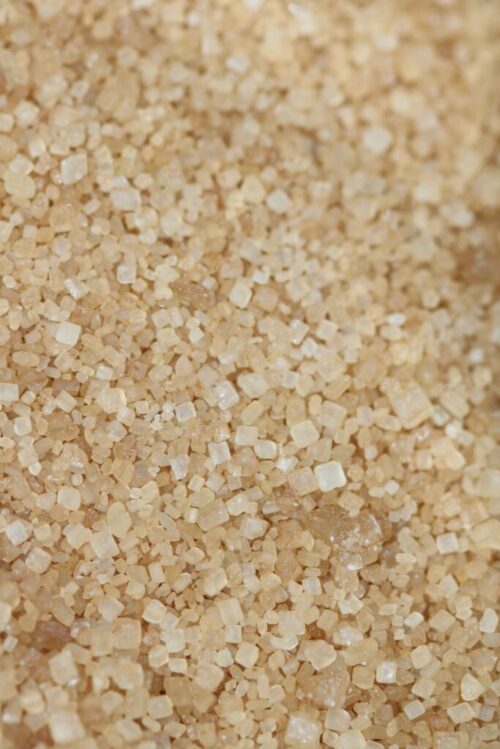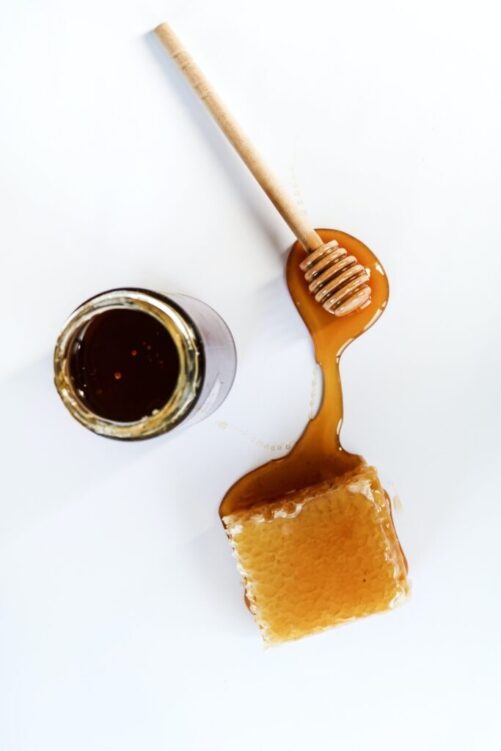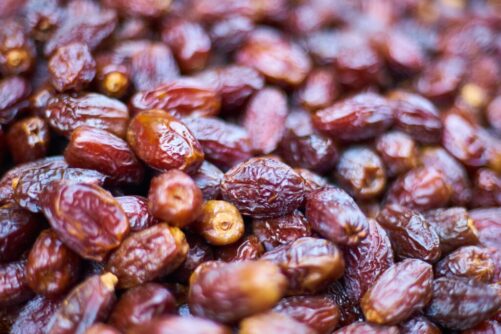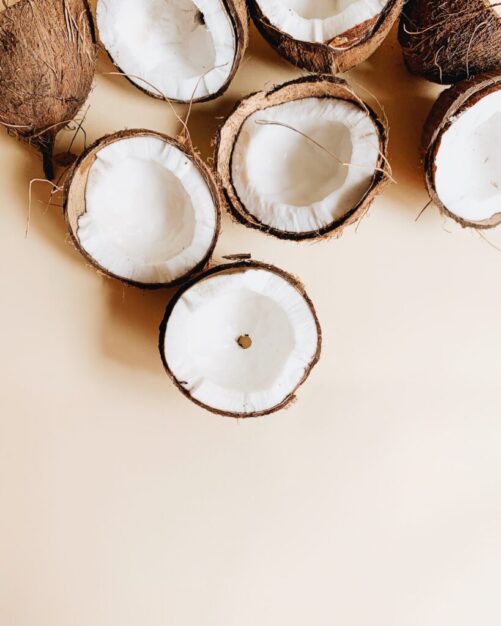Sweetness compared to sugar: The substitution ratio is 1:1 with refined sugar.
Cooking and baking methods and tips:
• Coconut sugar can easily be substituted for either white or brown sugar. However, the distinct caramel flavor makes it best as a replacement for brown sugar. It does not add the same level of moisture that brown sugar does, so a small amount of additional liquid may be needed, depending on the recipe.
• Coconut sugar pairs beautifully with chocolate. The flavor adds a richness to brownies, chocolate cakes, and cookies.
• As with other dark sugars, it may also require a lower baking temperature to prevent over browning.
A note on beet sugar: Having grown up in the Northwest, I was raised on sugar derived from sugar beets, as opposed to sugar cane. That changed when I moved south over 40 years ago Over the last 3 years, as I have struggled with a very strong sweet tooth and an equally strong pain response to sugar, a few people have mentioned beet sugar, wondering if it would be an acceptable substitute. In my research for this article, I decided to spend some time investigating this question. Here is what I found:
• Beet sugar is a refined sugar, just like cane sugar, meaning that it is depleted of any nutrients that may have been found in the original plant.
• It has the same number of calories and glycemic index rating.
• Both are sucrose, and produce the same harmful effects on the body.
• 95% of sugar beets are genetically modified, although organic versions of beet sugar are available
But here’s where it gets interesting. While the refining process is very similar, there are some notable differences, primarily in the whitening aspect. Cane sugar is processed using bone char to bleach and filter the sugar. (Bone char is not found in the final product, an important note for vegans) Beet sugar is not processed with bone char, and there may be other steps in the process that are different as well. While that doesn’t make beet sugar a safe product, these differences may reduce the negative effects. I decided to explore this option and purchased a bag of organic beet sugar. On the bag were these words: “Persons with intolerance to refined cane sugar will find beet sugar to be a worthy replacement.” Now, just seeing a sugar company admit to the possibility of “intolerances to sugar” intrigued me, so I made a batch of lemon blueberry muffins with the beet sugar and set myself up as guinea pig. Over the next five days, I ate a large muffin (well, 2 the first day – they were really good!) I typically have an almost immediate response to sugar ( I can tell quickly if I have accidentally eaten sugar when eating out), and then the pain sets in 1-2 days later. I had neither of these effects occur for the entire 5 days, and beyond. I have not yet repeated the experiment, but I am intrigued by the results.
To be clear, I am not advocating adding beet sugar to your normal diet, or even splurging with it frequently. However, if I am able to make a birthday cake or special occasion dessert that the rest of the family will eat and I can safely enjoy as well, then that is a win for me.
While I have not found a “perfect” sweetener that replaces sugar in every recipe, the alternative sweeteners mentioned above are relatively easy to come by, making it easy to have a selection within reach. Let the adventure of new flavors, and maybe some old favorites you thought were gone forever, spur you on as you explore ways to incorporate these sweeteners into your life.
However, keep in mind that our parents were right. “Too much of anything is bad”, and “all things in moderation” are still mottos to live by. Enjoy an occasional treat. Bring some zing back to a recipe you had given up as dull and unfixable. Pull out those favorite recipes you thought were gone forever and experiment, just a bit more. We’ve all been through the grief process, with anger, sadness, and eventually acceptance, as we walked away from the easy and flavorful foods we once enjoyed. I hope that the guidelines above will bring a little bit of “sweetness” back to your life, without pain, without digestive upset, and without guilt. But just a little at a time, on special days, or when you just need a lift, try adding back some of the nutritive-packed, anti-inflammatory sweeteners above. We have a lot of life to live. Make it one to enjoy as well.
Lori Austin is the owner of Good Food Dear Friends, a home based gluten and dairy free baking business dedicated to bringing Food Joy back to those with dietary restrictions. She will be bringing samples, baking mixes, and other items to our Open House on November 19th. There will be several choices using many of the sweeteners discussed in this article.
















